Pressures Facing Salmon
Pressure Points
Wild Atlantic salmon face a range of different and often combined or interconnected pressures during their life cycle – with the actions of humankind very much a common thread.
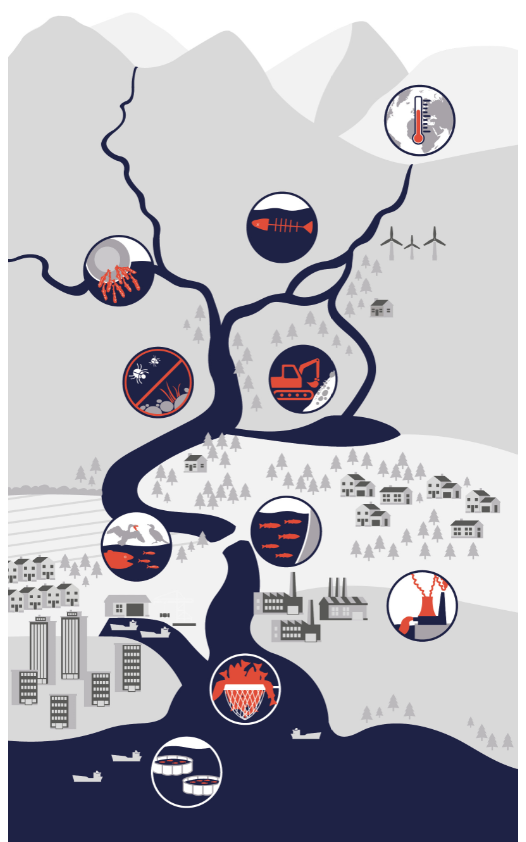
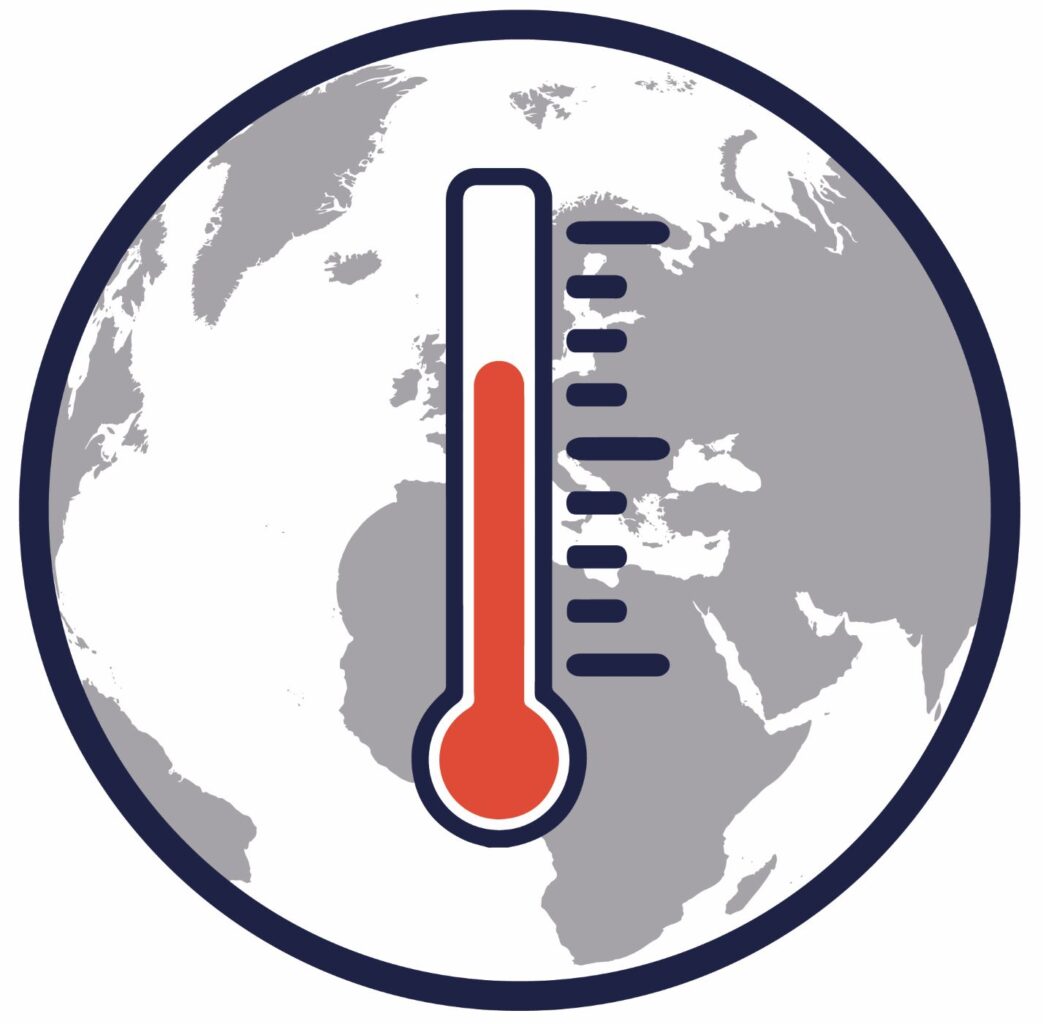
CLIMATE CHANGE
Complex and far-reaching, climate change impacts both the marine and freshwater phases of the Atlantic salmon’s life cycle through changes in water temperature, habitat quality and survival at sea. Additionally, increasing freshwater temperatures affect how far south salmon populations can exist.

DISEASES / PARASITES
Of the 80 or so diseases and parasites that affect Atlantic salmon, only a few have been documented to have significant impacts on wild populations. Furunculosis (a bacterial disease), Gyrodactylus salaris (a type of parasitic flatworm) and Ulcerative Dermal Necrosis (a skin disease) are three that have decimated populations in specific areas.

STOCKING
When done with careful planning to consider genetic impacts, stocking hatchery salmon can be a critical restoration tool. However, without careful consideration, stocking can be harmful to wild populations. Stocking is also not a replacement for addressing other pressures in rivers and oceans.
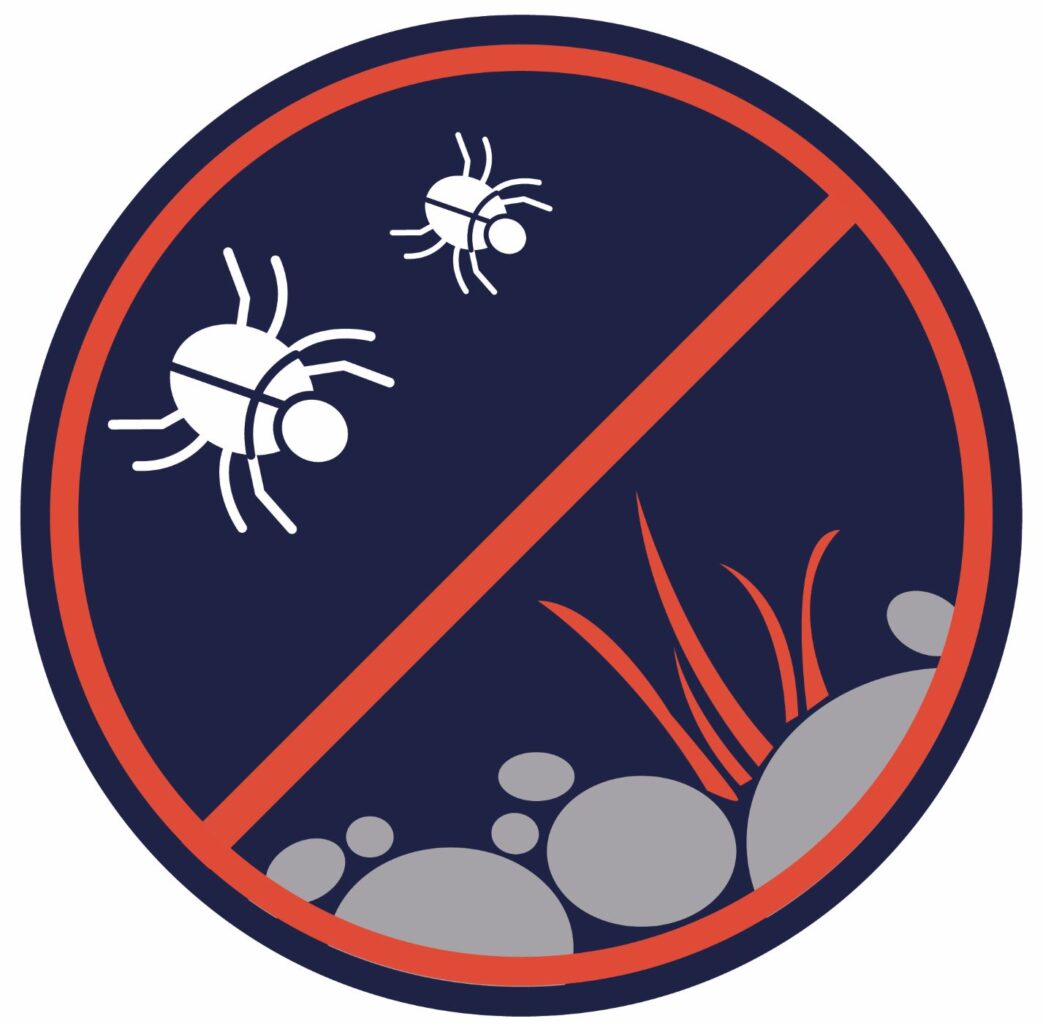
INVASIVE SPECIES
Evidence exists of negative effects of invasive species on wild salmon populations, with general worldwide increases in the introduction and spread of non-native and invasive plants and animals (e.g. non-native fish species, Japanese knotweed, and Gyrodactylus salaris). This pressure might become even more important in the future through climate change increasing competition, predation and disease.
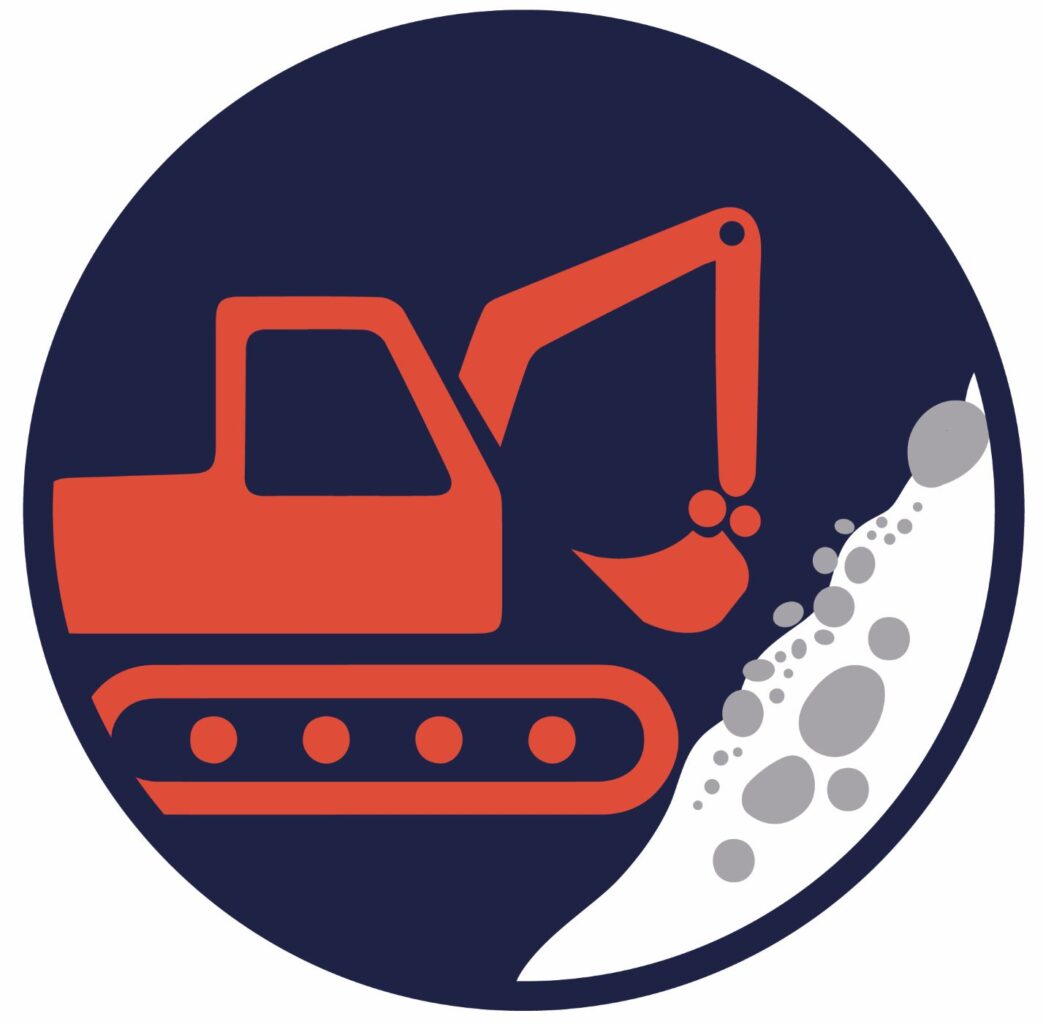
HABITAT DEGRADATION
Activities such as intensive agriculture, gravel extraction, commercial forestry and substrate removal for drainage schemes can alter a river’s structure, increase sedimentation and reduce the quality of salmon habitat. Additionally, water extraction and hydro-regulation can greatly alter a river’s hydrology, with the changes in river flow, temperature and quality having a negative impact on the productivity of salmon populations.
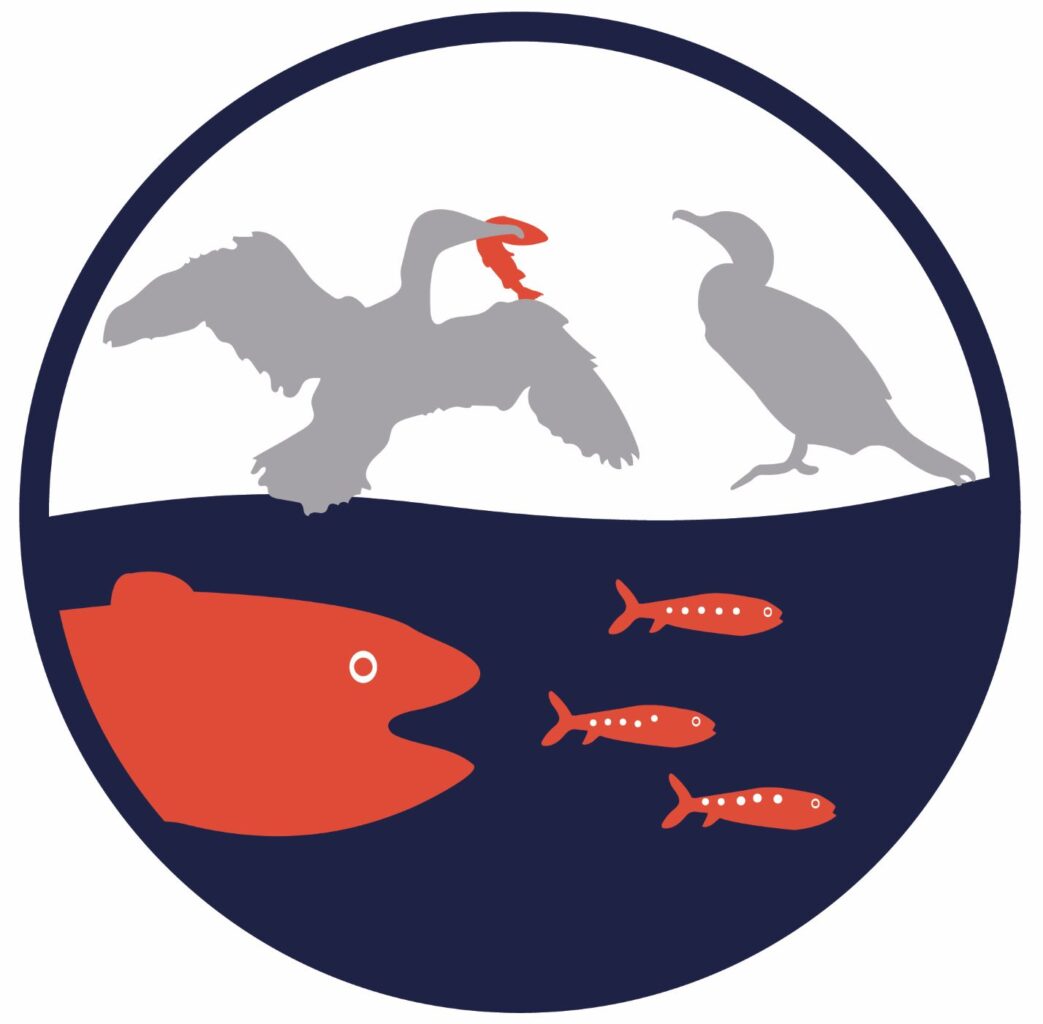
PREDATORS
Predation occurs both in fresh water and at sea with a variety of birds, other fish and mammals all feeding on salmon during different life stages. Predation is a naturally occurring phenomenon, but issues may arise when predator numbers are unnaturally high due to human intervention or shifting ecosystem conditions.
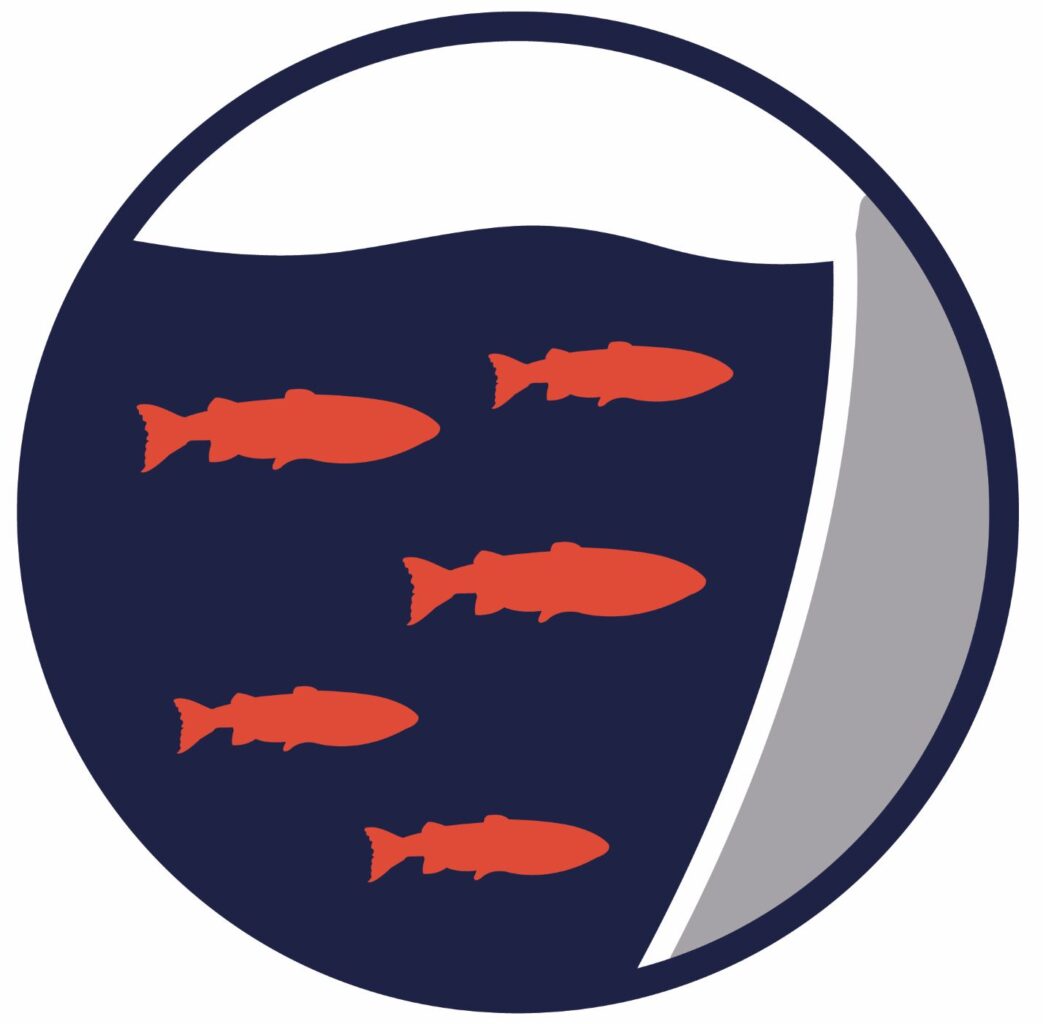
MIGRATION BARRIERS
An arduous migration from river to sea and back again is a key part of the salmon’s life cycle, but it is a journey made even more challenging by the many weirs, locks, hydro-electric projects, culverts and tidal barrages that block their path. Even with fishways in place to help salmon move around these barriers, there can still be a negative impact on access to important areas of habitat.
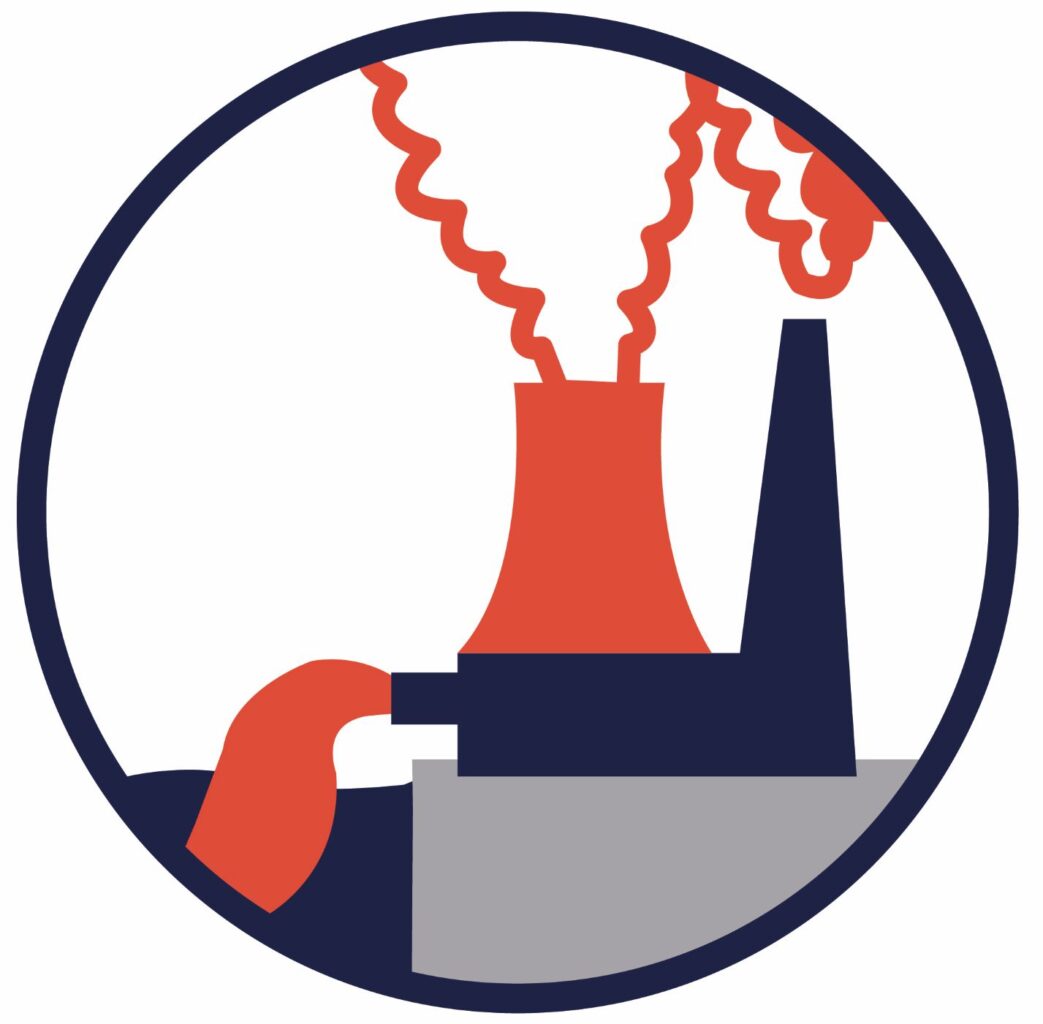
POLLUTION
Water pollution is a major cause of the decline in stocks of Atlantic salmon, with all life stages of fish affected both directly (through exposure to chemicals and acidified waters) and indirectly (through runoff causing eutrophication of aquatic habitats) in fresh water and the ocean.
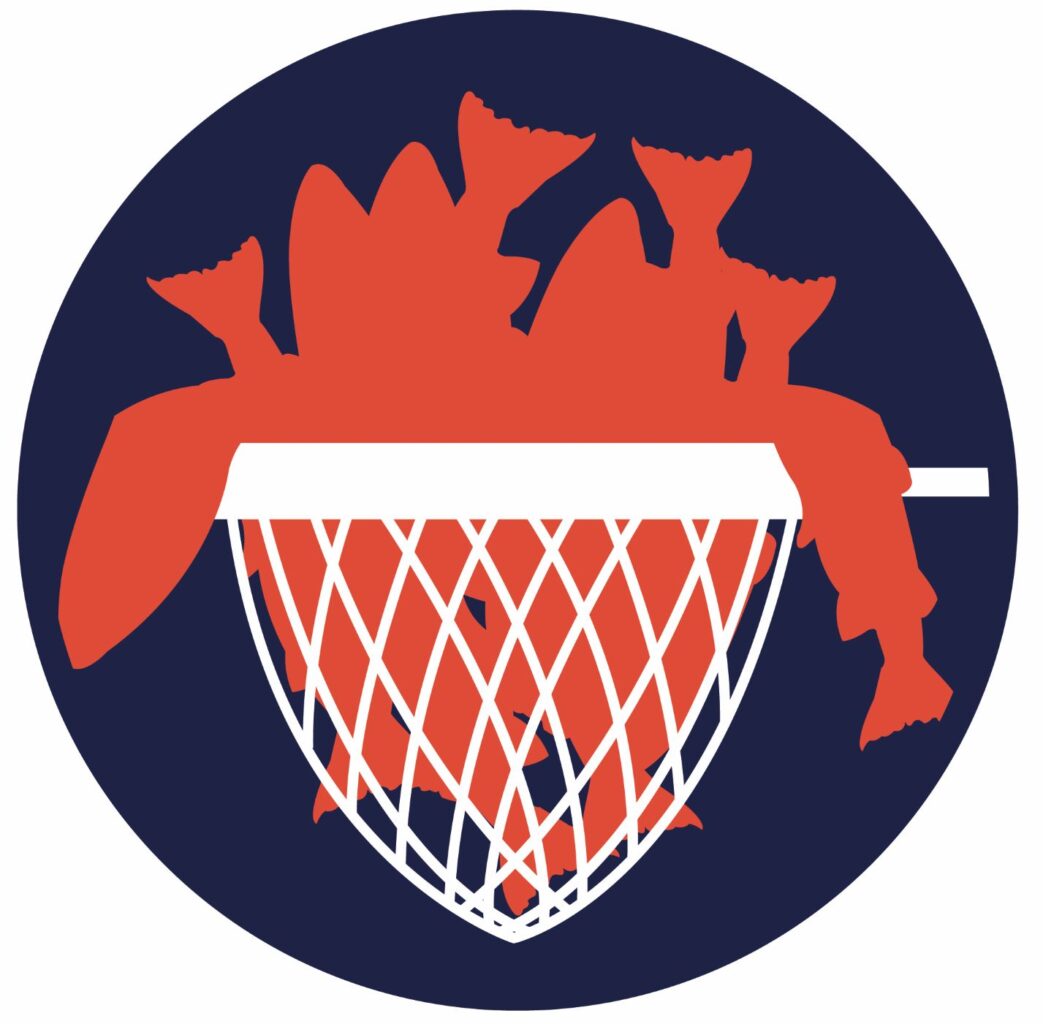
OVER-EXPLOITATION
Over-exploitation occurs when too many fish are removed from a population in freshwater or marine environments, leading to that population falling below a sustainable level. Ultimately, this results in fewer returning adult females laying fewer eggs and a far less resilient population.
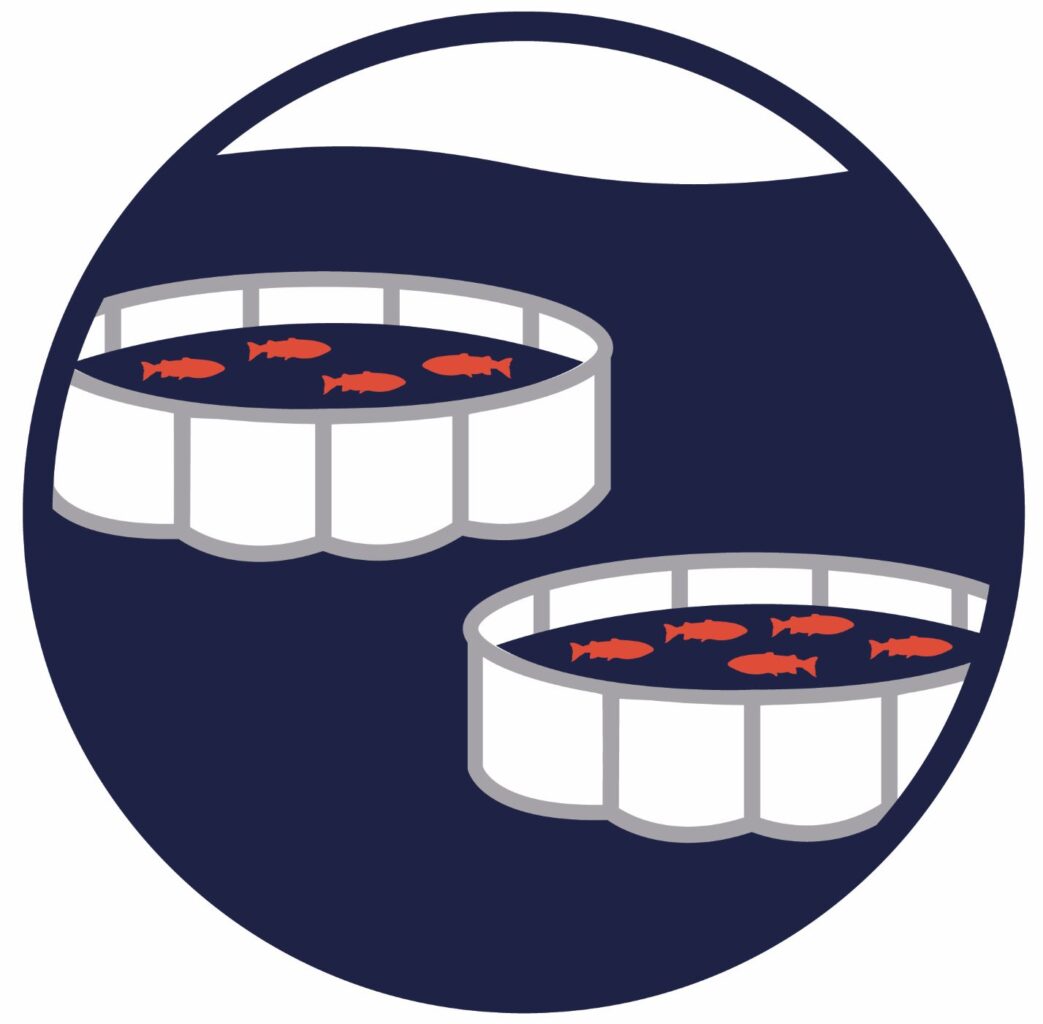
AQUACULTURE (SEA LICE, ESCAPES AND DISEASES)
Aquaculture impacts Atlantic salmon stocks through the genetic effects of farmed salmon escaping into wild populations, and mortality from sea lice and diseases spreading to wild salmon. Containment, proper siting and sea-lice control are important considerations for aquaculture operations.
